SQL vs. NoSQL: Which Database Is Better for You?
In the world of databases today, there are two main types of solutions: SQL and NoSQL (relational and non-relational databases). Both are very different in how they are built, what kind of data they store, and how they store the data.
It affects the choice of the right database type for each application's needs. Let's learn about the differences between SQL and NoSQL, as well as when to use SQL and NoSQL.
What is SQL?
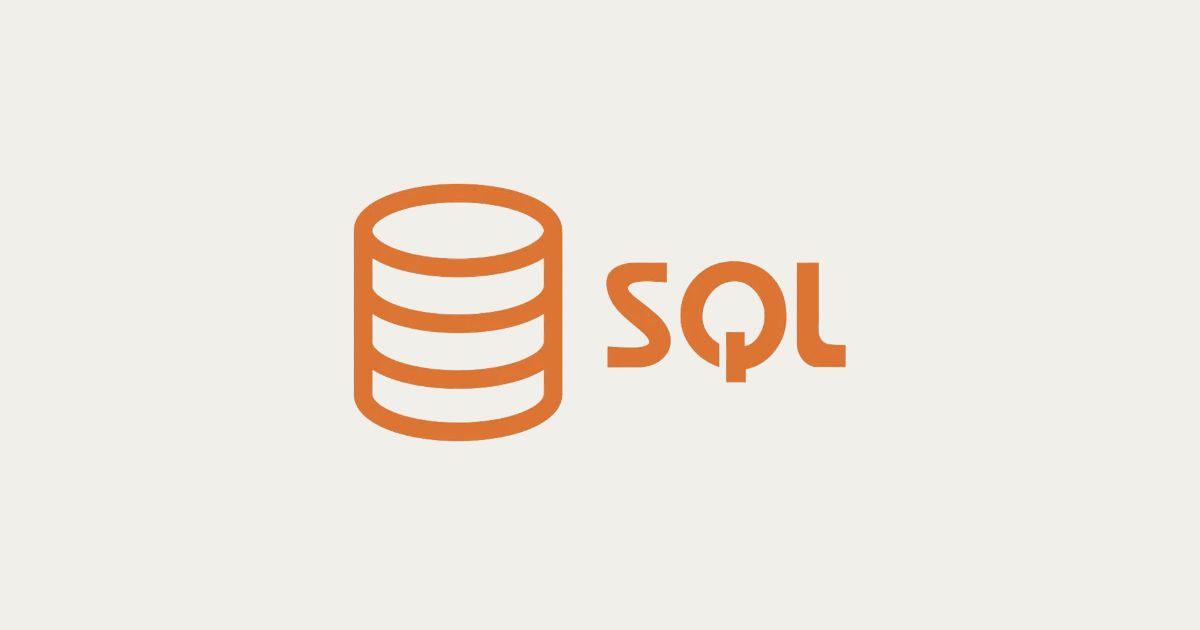
SQL, short for Structured Query Language, is the standard language for managing Relational Databases. Relational databases store data in the form of tables, in which rows represent records and columns represent attributes of the records.
SQL programming can be used to perform basic operations on data, such as inserting, searching, updating, and deleting records. SQL can also be used to perform more complex operations, like generating reports, analyzing data, and optimizing database performance.
However, SQL is not limited to these basic tasks. It is also capable of performing complex tasks - optimizing and maintaining databases. Relational database management systems can be mentioned including MySQL, Oracle, MS SQL Server, Sybase, and many others, use SQL as their primary language for interacting with data.
What is NoSQL?
A NoSQL database is a non-relational data management system that does not require a fixed schema, avoids the use of data joins and is flexible in its scalability. NoSQL databases are often used for large, distributed data storage and meet the needs of real-time web applications. For example, large companies like Twitter, Facebook, Google, which collect terabytes of user data every day, often use NoSQL databases.
While traditional relational database management systems use SQL syntax to store and retrieve structured data, NoSQL databases include a range of database technologies that are capable of storing structured, semi-structured, unstructured, and polymorphic data.
NoSQL is divided into the following 4 main types:
Key-Value Stores
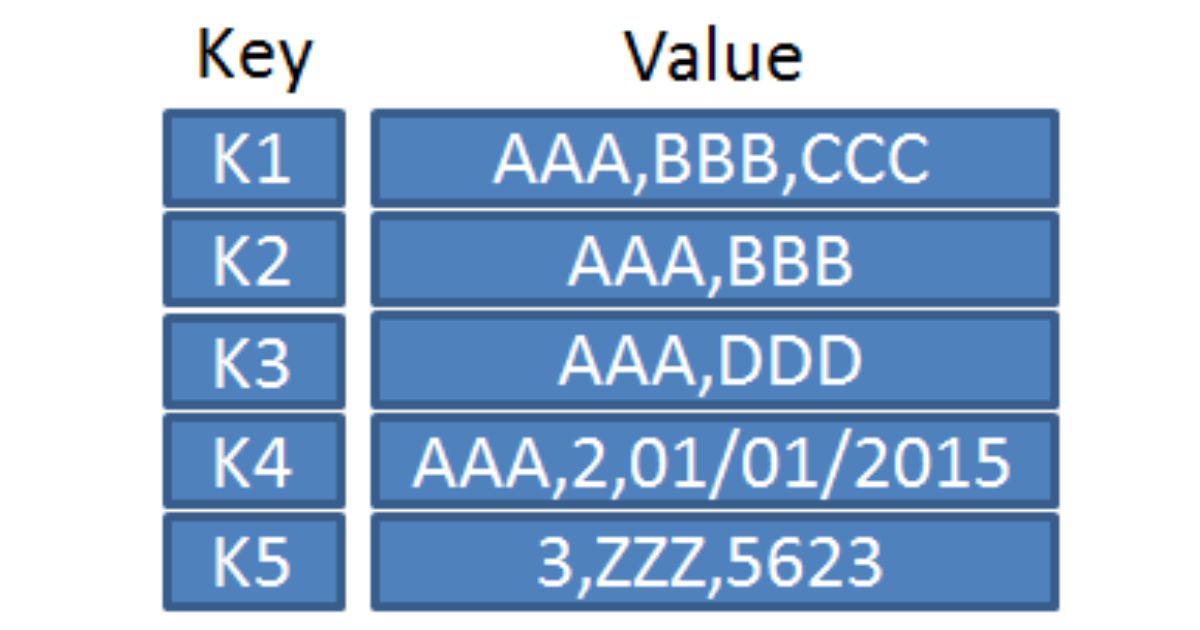
Data will be stored in the form of key-value pairs, with the 'key' being the only attribute to associate with its value. Famous Key-Value stores include Redis and Amazon DynamoDB.
Document Databases
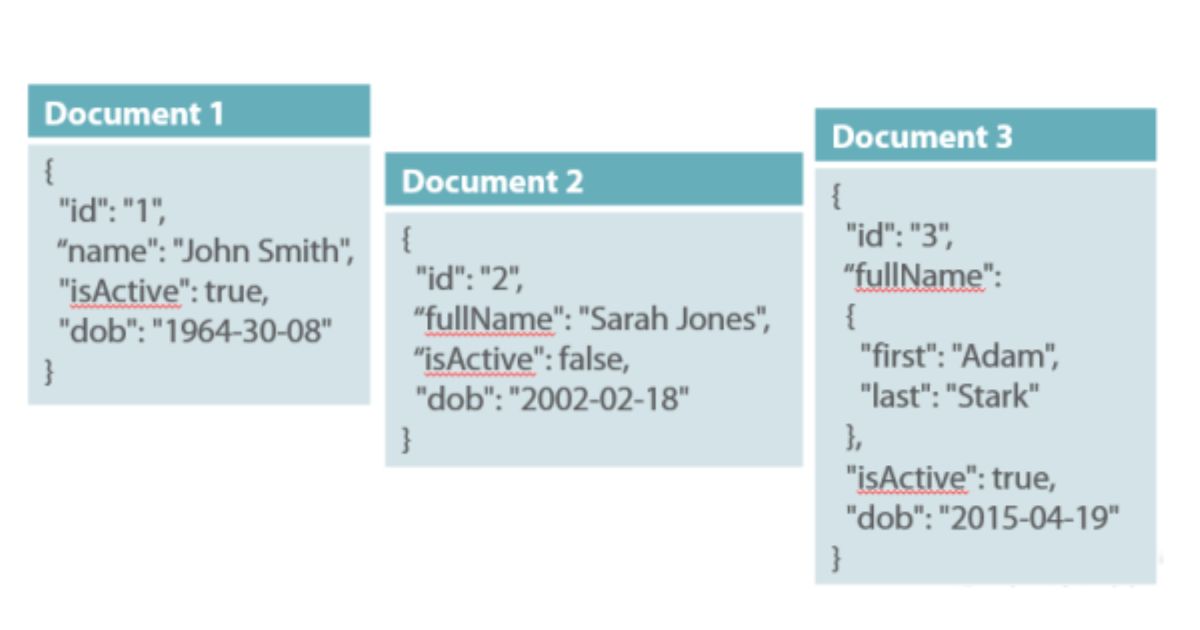
Document Databases is a database that stores data in the form of document files to replace the row and column types in tables and many documents combined will form a Collection. Different from the table type, each document will contain different types of structures. For example, in MongoDB, each document will contain JSON data, meaning each document is a JSON. Typical current Document DBs include MongoDB and CouchDB.
Wide-Column Databases
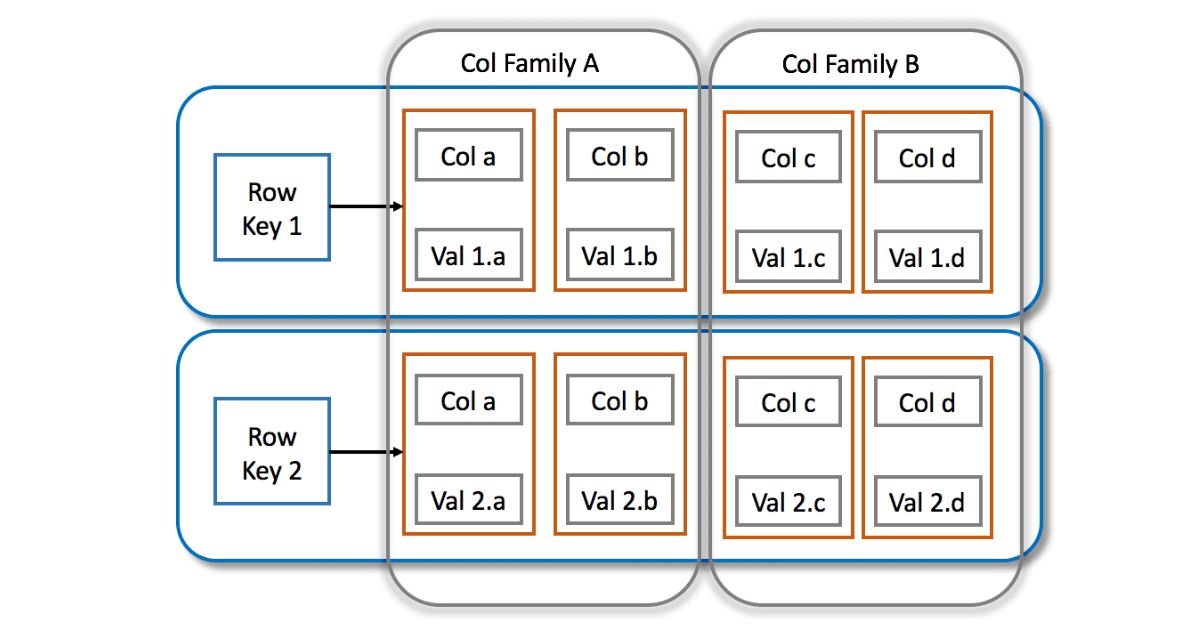
Wide-Column, also known as Big-Table, is a data model for storing data with the ability for each row to contain many columns. Each column is a key-value pair. The number of columns is dynamic for each row, meaning the number of columns in each row is different. It can be seen as a two-way key-value type with each key containing many key-value pairs inside. Typical Wide-Column DBs include Cassandra or HBase.
Graph Databases
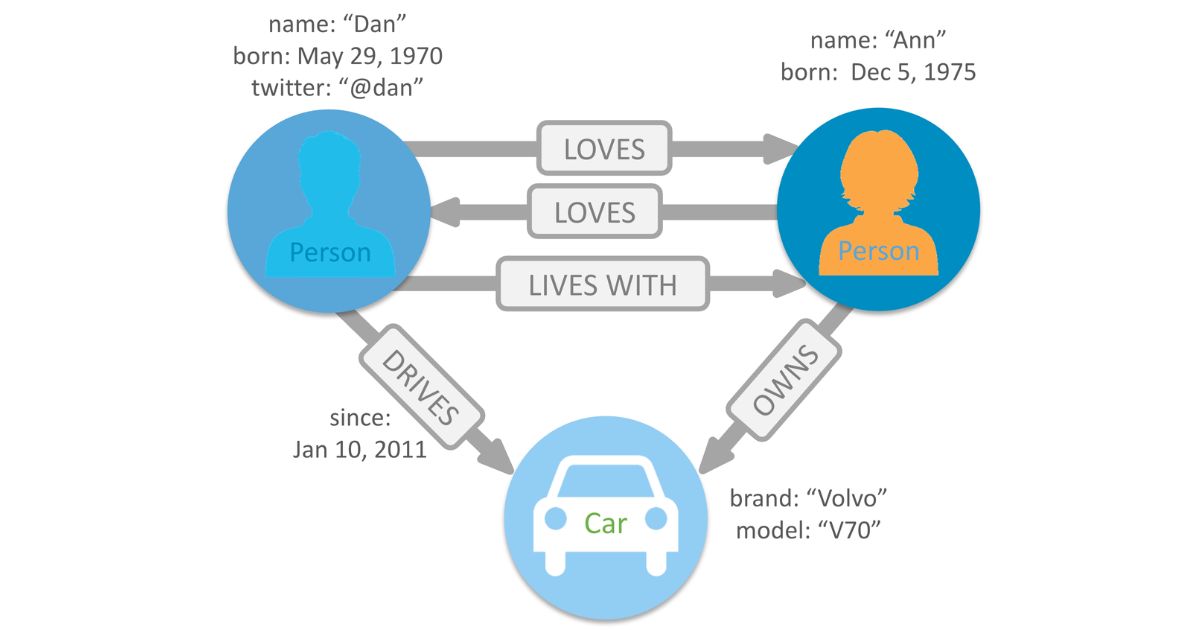
This type of Database will store data in the form of a graph data structure to represent the relationship between data. Data is stored in nodes (entities) and attributes of nodes. The connection between nodes will be through lines. Popular Graph DBs are Neo4J and InfiniteGraph.
What are the differences between SQL vs. NoSQL?
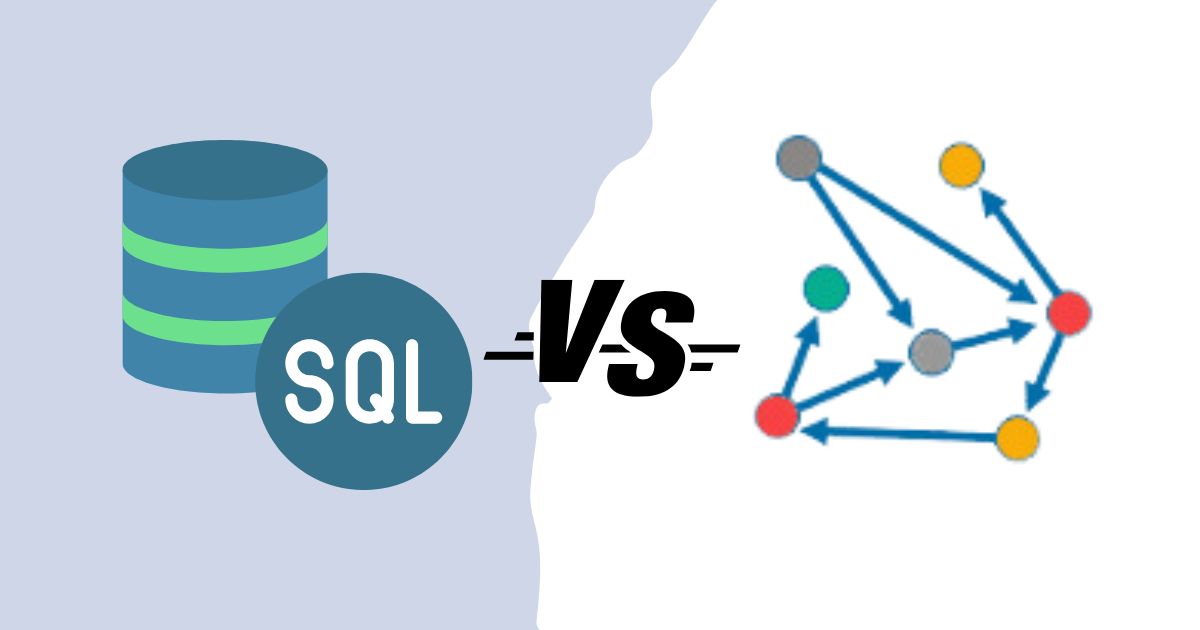
NoSQL and SQL are two popular types of databases, each with its advantages and disadvantages. After having a better understanding of what SQL is and what NoSOL is, let's compare SQL and NOSQL in the detailed analysis below:
SQL vs. NoSQL: Storage
SQL stores data in tables. Each row represents a data entity, and each column will contain attributes of the entity. For example, if we store data of a car entity, we will store it in a data table with many columns representing the characteristics of that car, such as "color," "brand," "manufacturer", etc.
NoSQL stores data on many different types of data structures as discussed above, such as key-value, documents, or graphs.
SQL vs. NoSQL: Entity data schema
In SQL, each record has a fixed schema, which means that each column in the table must be defined before creating the table. Each time data is added to a row, its columns must have values (accepting NULL values). Schemas can be changed later (alter table), but this change must be on the Database side. When the DB makes this change, it will be temporarily offline.
In NoSQL, the schema is dynamic, which means that we do not need to define a schema in advance. However, the schema will be based on the structure of the records entered.
SQL vs. NoSQL: Querying
SQL queries through a structured query language called Structured Query Language (SQL) to manipulate data. SQL is a very powerful and long-standing language that is the sole representative of all different RDBMSs.
NoSQL queries are often called UnSQL (Unstructured Query Language). Each different type of NoSQL will have a different syntax structure to be able to retrieve different types of data (collection, key-value, node, etc.)
SQL vs. NoSQL: Scalability
In most RDBMS, the ability to scale is horizontally (vertically scalable), for example increasing the hardware power of the current server (increasing CPU, RAM...), of course, this method is very expensive as well as time-consuming, and especially it always has limits.
As for NoSQL DB, it supports vertical scaling very well (horizontally scalable), which means simply adding servers to existing nodes. This method is simpler and cheaper. Most NoSQL DBs have this work already supported and done automatically, which means it is very easy to deploy.
SQL vs. NoSQL: Reliability
Most RDBMSs follow the ACID properties (atomicity, consistency, isolation, and durability), so they are very reliable and ensure data integrity.
As for NoSQL, most will sacrifice ACID properties in exchange for performance and scalability.
When to use SQL and NoSQL?
When faced with the decision of whether to use SQL or NoSQL for your project, it is important to understand the advantages and disadvantages of each type of database. Here, let’s take a look at when to use SQL and NoSQL:
Use Cases for SQL
When it comes to choosing between SQL and NoSQL, there is no single option that fits all situations. This is why many businesses choose to use both relational (SQL) and non-relational (NoSQL) databases for different tasks. Even though NoSQL databases are known for their speed and scalability, there are still some situations where a highly structured SQL database may be more appropriate.
When your data is structured and less volatile, your business is not experiencing significant growth that requires more servers, and you are only working with data that fits the relational model. SQL is the simplest option for communicating with a relational database management system (RDBMS). It allows you to store and retrieve data from a database quickly and perform complex queries using joins between tables.
SQL is also suitable for analyzing behaviorally related sessions and creating custom dashboards that help you gain insights into your data.
Use Cases for NoSQL
SQL and NoSQL can be used together for different tasks in a business. However, when it comes to using NoSQL databases, there are some specific scenarios where it is appropriate:
Handling large and diverse data: When all the other components of your server application are designed to be seamless and fast, NoSQL databases prevent data from becoming a bottleneck. Big data is one of the main drivers of using NoSQL, allowing you to do things that traditional relational databases cannot.
Storing large volumes of unstructured data: NoSQL databases do not limit the types of data you can store together. You can add new types as your needs change. With document-based databases, you can store data in one place without having to define data types in advance.
Taking advantage of cloud computing and storage: Cloud storage is a great cost-saving solution, but requires data to be easily spread across multiple servers to scale.
No ACID support required: If your application does not require consistency (ACID) for data transactions, NoSQL can be a good choice. NoSQL often allows for more flexibility in handling data.
When traditional RDBMS models are not enough: When your data model does not fit into a traditional relational database.
Data needs flexible schema: NoSQL permits you to store data without having to define a rigid schema.
When constraints and validation logic are not required to be implemented in the database
NoSQL is often a good choice for logging data from distributed sources.
Conclusion
Hopefully, through this article, you have a better understanding of the differences between SQL vs NoSQL. To choose the right type of database for your application, you need to carefully consider the necessary factors as mentioned above.
In addition, if you want to learn more about specialized knowledge, you can register for Skilltrans courses. Join the course today to become an expert in your field!

Meet Hoang Duyen, an experienced SEO Specialist with a proven track record in driving organic growth and boosting online visibility. She has honed her skills in keyword research, on-page optimization, and technical SEO. Her expertise lies in crafting data-driven strategies that not only improve search engine rankings but also deliver tangible results for businesses.



